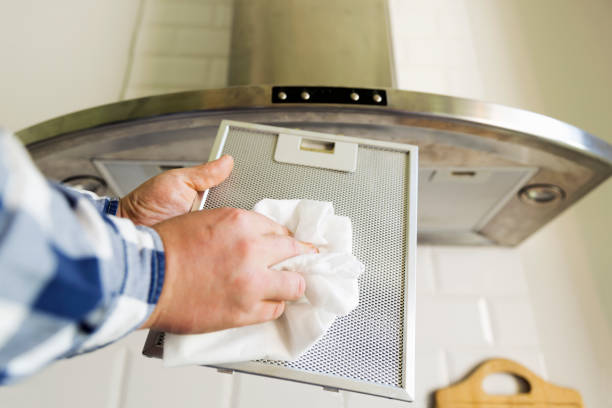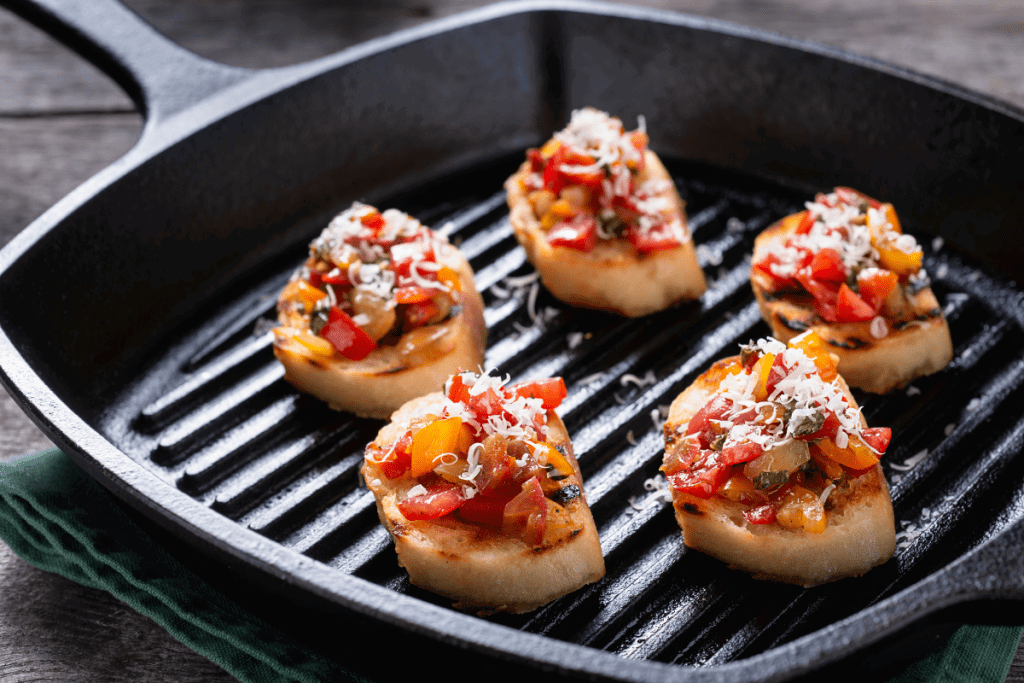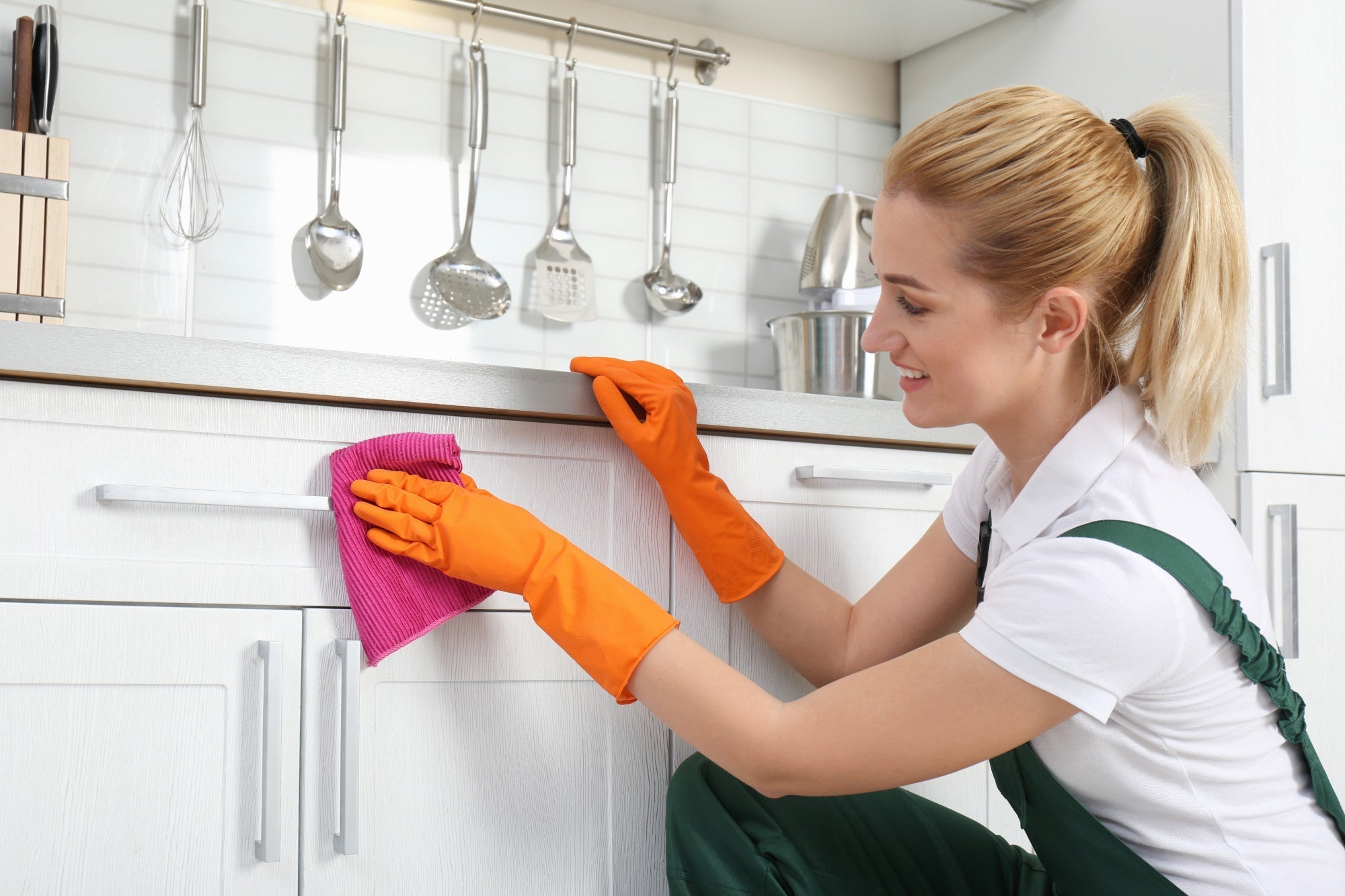For kitchen professionals, the **color of your cast iron cookware** can be a topic of intrigue and sometimes concern. As you scrape together the finest meals, your cast iron skillet may develop a contrasting hue that seems puzzling. So, why is my cast iron brown? Let's delve into what this browning may signify and how to manage it effectively.
Understanding the **variations in color** of cast iron is crucial. Beyond aesthetics, the brown coloration of your cast iron could signal different phases of usage and care. Often, it reflects how well it has been seasoned or whether it has been maintained properly.

What Causes Cast Iron to Turn Brown?
When asking, why is my cast iron brown, it's beneficial to grasp the main reasons behind this shift. Several factors can lead to the brown color appearing:
1. Seasoning Integrity
One significant factor is the **seasoning of your cast iron**. When a cast iron skillet is seasoned, it develops a natural layer that enhances its cooking surface while rendering it non-stick. Over time, this seasoning may darken or even turn brown due to several reasons:
- Repeated cooking with oils or fats
- High-heat cooking methods
- Accumulation of food residue
As professionals know, it's essential to maintain the seasoning layer by regularly cleaning and reapplying oil. Uneven seasoning can also foster areas of browning.
2. Food Residue and Build-Up
Another common reason behind the browning of cast iron is **food residue**. If food particles are not thoroughly cleaned off after cooking, they can carbonize on the surface. This creates dark, stubborn stains that lead to a browner appearance. For more details on keeping food residue at bay, check out our article on sticky cast iron solutions.
3. Oxidation and Humidity
Oxidation can also contribute to your cast irons brown color. When your cast iron cookware is exposed to **moisture**, it can develop a rust-like appearance or could lead to a deterioration of the seasoning layer. Be sure to store your cast iron **in dry conditions**.
How to Maintain Your Cast Iron's Color
Understanding why your cast iron has turned brown is the first step towards restoring its original integrity. Heres how to maintain its color effectively:
1. Regular Cleaning
Make it a habit to **clean your cast iron** thoroughly after each use using warm water and a non-abrasive scrub. Avoid dish soap since it may strip the seasoning. For stubborn residue, refer to this helpful guide on cleaning cast iron.
2. Re-seasoning Techniques
If your cast iron has developed brown spots or areas that are troublesome, consider re-seasoning. Clean it thoroughly and apply a thin layer of oil before placing it in the oven to restore its shine.
3. Proper Storage
Store your cast iron in a **dry environment** and consider placing a paper towel inside to absorb any extra moisture. This step is essential to prevent rust and discoloration.
Additional Resources on Cast Iron Maintenance
If you want further insights on cast iron care, you might find the following articles helpful:

Frequently Asked Questions
Here are some common questions professionals often ask about their cast iron:
1. Can I use soap on my cast iron?
Generally, it is advised to avoid soap unless you are re-seasoning. Soap can strip the **seasoning** off your cast iron.
2. How often should I re-season my cast iron?
You should consider re-seasoning your cast iron when you notice it no longer has a consistent color or when food sticks significantly.
3. Is brown color a sign of damage?
Not necessarily. A brown cast iron can often indicate a well-loved and regularly used pan. The key is monitoring for any rust or flaking which can indicate problems.
Understanding why is my cast iron brown is vital for maintaining a functioning kitchen where equipment is cherished. Respect your cookware, and it will provide you with exceptional service for years to come.
This article contains affiliate links. We may earn a commission at no extra cost to you.






Leave a comment
This site is protected by hCaptcha and the hCaptcha Privacy Policy and Terms of Service apply.